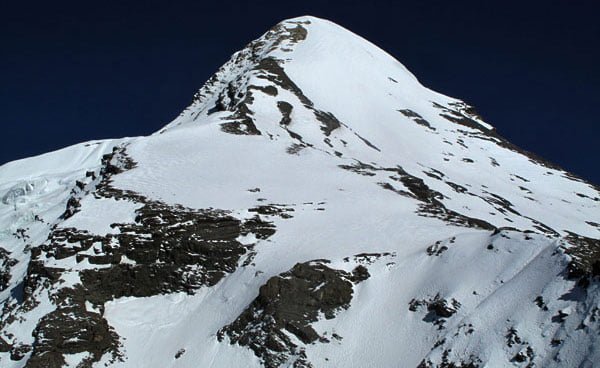Pisang Peak Ascent (6091m) is a moderately difficult mountaineering expedition. But it combines well with the trail of the globally renowned Annapurna Circuit.
Pisang Peak Ascent Overview
Pisang Peak Ascent (6091m) is a moderately difficult mountaineering expedition. But it combines well with the trail of the globally renowned Annapurna Circuit. Therefore, it has been an attraction for aspiring mountaineers without a good climbing experience, who can have a taste of mountaineering in Nepal and superb trekking on a single trail. Generally, we follow the Annapurna Circuit Trek from Beshishahar to Pisang village to reach the peak. From this village, it is a day’s trek to reach the base camp (4400m). The camp is set up in a pastureland, called Kharka in Nepali because it serves as a seasonal grazing land for the livestock of the people living near it. From here we move up to the First High Camp (5400m) at a saddle in South-western ridge.
We make the final push up to the summit following the same ridge from this camp. The final leg of the ascent consists of steep inclinations of ice and snow. And also this is the most challenging part of the climbing. Once at the top, climbers enjoy outstanding views of Annapurna peaks like Tilicho, Annapurna II and IV, Gangapurna as well as the Glacier Dome. Then all the labor and effort involved in climbing vanish at once! Then we descend back to the base camp on the same day and make our return journey.
Coming back from the same path is not the good way to end your journey. Instead, combine the trek of Manang Valley over the highest pass of the world at Thorang La (5416m); come down to Muktinath and Jomsom and board a flight from there to Pokhara after the successful climbing. You will collect memories to last over your life and know that this is simply the superb way to end the journey.

